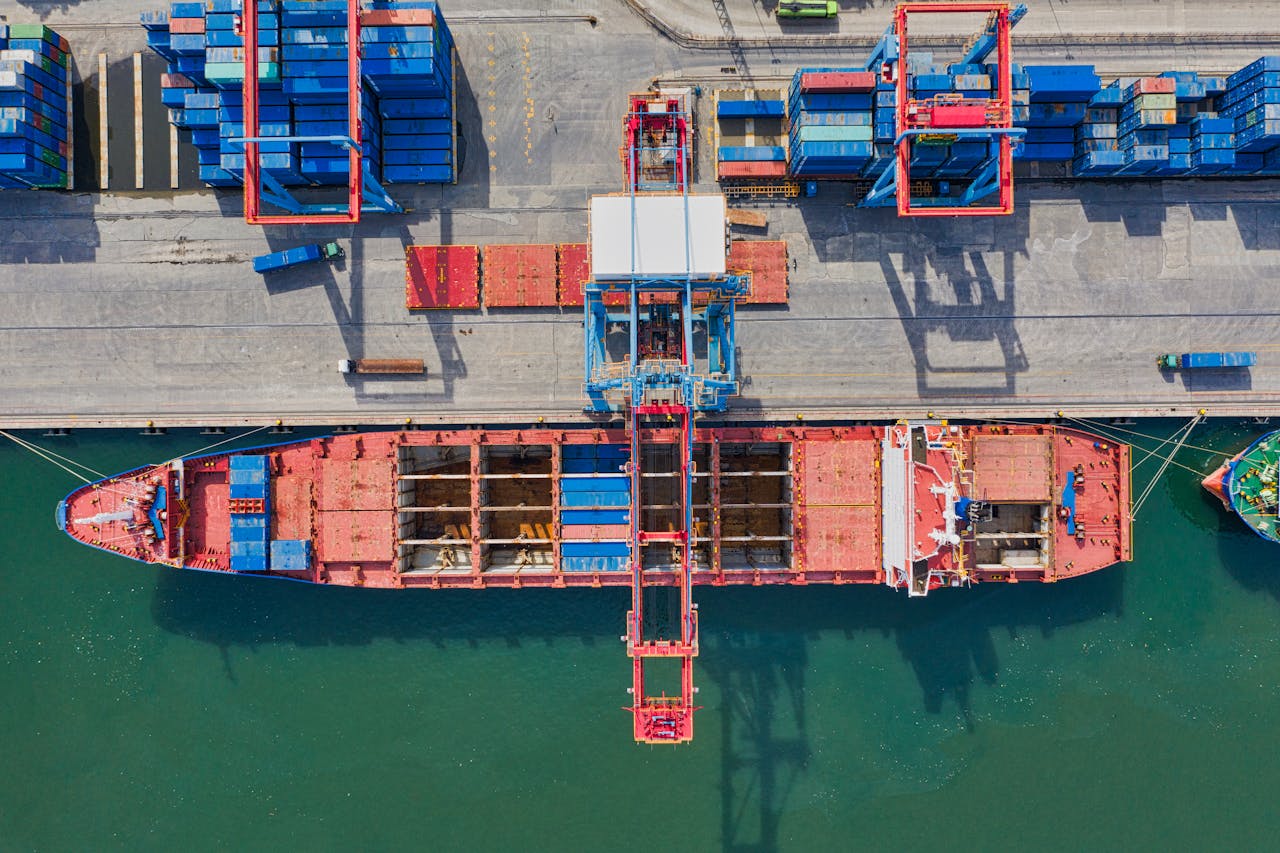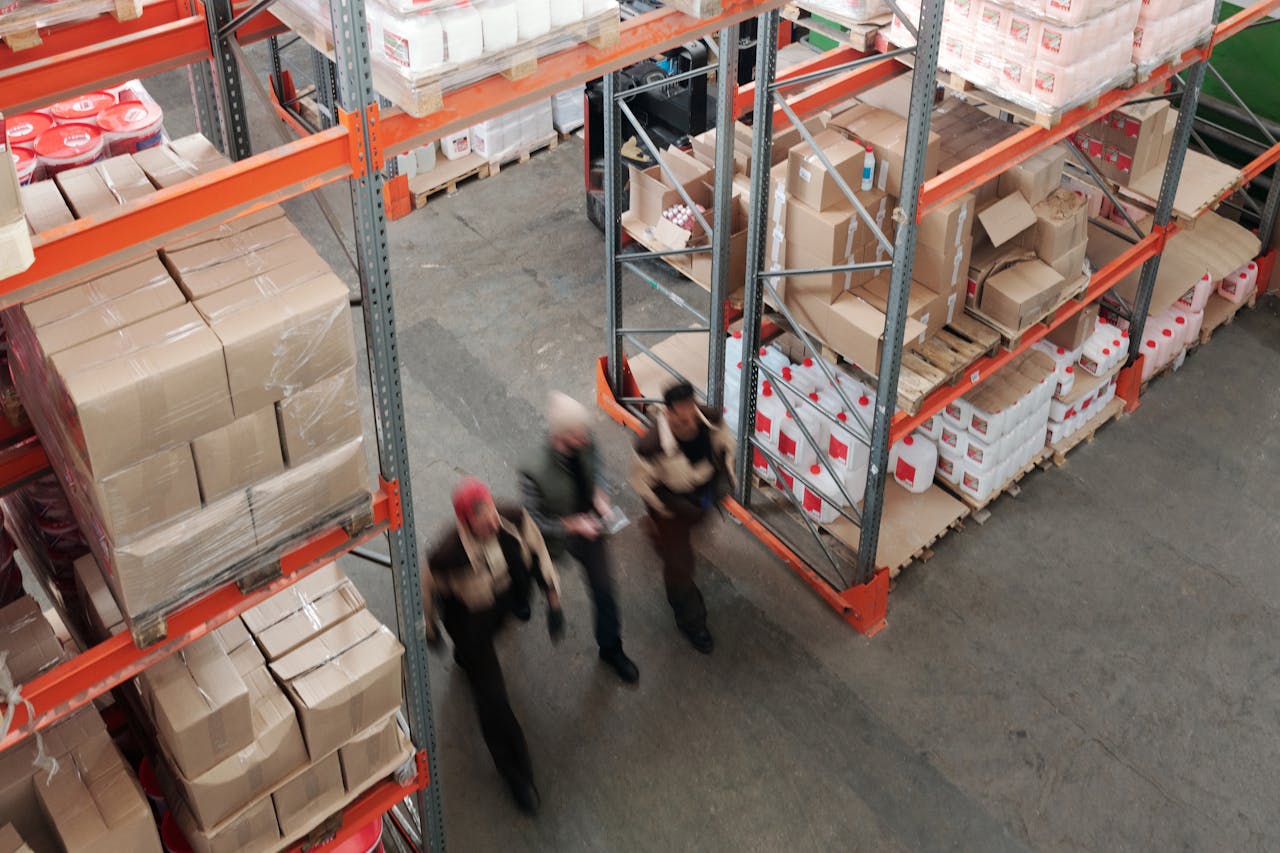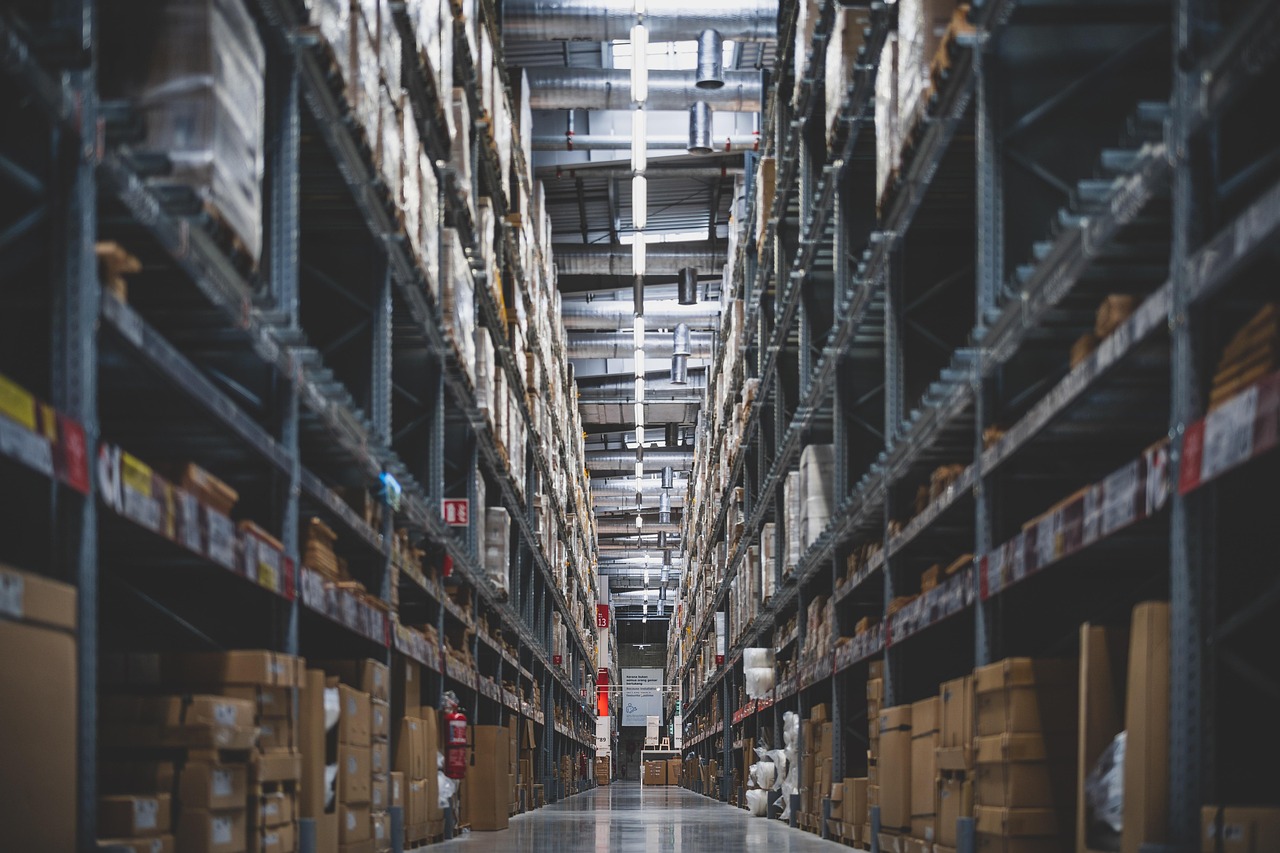Shipping is rarely one-size-fits-all, and choosing the right method can make or break your supply chain efficiency. When planning freight shipments, a few things matter most: how big your load is, how fast it needs to arrive, and how much you’re willing to spend. The shipping method you choose, Less-Than-Truckload (LTL) or Full Truckload (FTL), can significantly affect cost, timing, and how your goods are handled.
Many businesses turn to third-party logistics providers (3PLs) to simplify these decisions and keep shipments running smoothly. In this guide, we’ll break down the key differences and similarities between LTL and FTL, when to use each, and how a 3PL can help you get the best results.
LTL and FTL Shipping Explained
When arranging freight shipments, you usually need to decide between Less-Than-Truckload (LTL) and Full Truckload (FTL). Each option has its own advantages depending on shipment size, budget, and handling requirements. Knowing the differences can help you choose the most cost-effective and efficient solution for your business.
a) Less-Than-Truckload (LTL)
LTL shipping lets your freight share space with shipments from other businesses. This makes it ideal for smaller loads, typically under six pallets or around 14 linear feet. You only pay for the space your goods occupy, which can save a lot compared to booking an entire truck.
LTL shipments are usually consolidated, meaning the carrier makes multiple stops along the route. While this is efficient for cost savings, it can lead to longer delivery windows and more handling, which increases the risk of damage for fragile items. That said, LTL works well for businesses that have smaller shipments, flexible delivery schedules, or want to avoid the higher costs of an FTL service.
b) Full Truckload (FTL)
FTL shipping gives your freight exclusive use of a truck, regardless of whether it’s fully loaded. This method is best for larger shipments or time-sensitive deliveries where speed and control are priorities. With FTL, your goods travel directly from pickup to delivery with minimal handling, reducing the risk of damage and improving predictability.
Although FTL can be more expensive for smaller shipments, it often becomes the smarter choice for larger loads. It’s particularly useful for fragile, bulky, or high-value items that benefit from fewer touchpoints during transit. Businesses that rely on strict delivery schedules or need to move inventory quickly often prefer FTL for its reliability and simplicity.

Key Differences Between LTL and FTL
When deciding between Less-Than-Truckload (LTL) and Full Truckload (FTL) shipping, the main factors to consider are cost, delivery speed, and handling requirements. Each method fits different shipment needs depending on the size of your load, your budget, and how fragile or valuable your goods are.
1. Cost
LTL is generally more cost-effective for smaller shipments because you only pay for the portion of the trailer your freight occupies. FTL, in contrast, requires payment for the entire truck, even if it isn’t full. While this makes FTL more expensive for partial loads, it often becomes the better choice for larger shipments where speed and control matter.
2. Transit Times
FTL shipments travel directly from pickup to delivery without intermediate stops, giving you more predictable arrival times. LTL shipments, however, are combined with freight from other shippers, and carriers make multiple stops along the route. This means LTL delivery windows are typically broader, and you may need to plan for less precise arrival times.
3. Handling
With FTL, your goods are loaded once, sealed, and transported straight to the destination, which minimises the risk of damage. LTL shipments usually involve multiple transfers in and out of trucks or terminals, increasing handling and the potential for damage, especially for fragile items.
By understanding these differences, you can match the right shipping method to your priorities, whether that’s saving cost, ensuring faster delivery, or protecting delicate goods during transit.
Key Similarities Between LTL and FTL
Although Less-Than-Truckload (LTL) and Full Truckload (FTL) differ in cost, shipment size, and transit times, they share several core similarities. At their core, both methods serve the same purpose: moving freight safely and reliably from origin to destination. No matter which option you choose, shipments must be packaged, labelled, and documented correctly to avoid delays or issues along the way.
Both LTL and FTL rely on professional carriers who follow strict safety and compliance standards to protect goods during transit. They also give businesses access to established transportation networks, meaning your freight can move efficiently across local, regional, or national routes. Another similarity is visibility; whether shipping via LTL or FTL, most carriers now offer tracking tools so you can monitor pickup, transit, and delivery in real time.
In short, while the choice between LTL and FTL depends on shipment size and priorities, both options are dependable freight solutions that keep goods moving and customers satisfied.
How to Optimize Your Options: LTL vs. FTL
Choosing between Less-Than-Truckload (LTL) and Full Truckload (FTL) shipping often depends on the size of your load, how fragile it is, and how quickly it needs to arrive. Both methods have advantages, and the key is matching your freight needs with the right balance of cost, speed, and risk.
If you’re shipping more than six pallets, FTL is usually the smarter choice. A dedicated truck ensures your freight moves directly from origin to destination without being mixed with other shipments. This reduces handling, lowers the risk of damage, and gives you more control over pickup and delivery times. Fragile goods also benefit from this approach since you avoid the extra loading and unloading that comes with LTL. For time-sensitive deliveries, FTL provides the reliability you need by allowing you to secure firm pickup and drop-off appointments and avoid unnecessary delays.

On the other hand, LTL works best for smaller shipments, typically six pallets or fewer. Because your freight shares space with shipments from other businesses, you only pay for the portion of the truck you actually use. This makes LTL much more cost-effective when you don’t need a full trailer. The trade-off is flexibility: delivery times are less exact, and your goods may pass through several terminals along the way. If your products are packaged to handle multiple transfers and you’re not on a tight deadline, LTL can save you significant money.
Packaging quality is another factor to consider. Goods that can withstand more handling are usually fine in an LTL setup, but fragile or high-value products may require stronger packaging or a switch to FTL to minimise risk.
It also helps to think strategically about location. By positioning your inventory closer to customers or near major transport hubs, you can cut down on transit distances and open up more opportunities to use the lower-cost option without sacrificing efficiency.
In short, FTL is better when you need speed, security, and control, while LTL is best for smaller, flexible, and cost-sensitive shipments. Knowing when to use each approach helps you keep expenses in check without compromising on reliability.
How to Work with a 3PL for LTL and FTL Shipments
1. Access to Specialiszed Knowledge
Partnering with a third-party logistics provider (3PL) gives you the benefit of working with experts who manage freight every day. They know the ins and outs of both Less-Than-Truckload (LTL) and Full Truckload (FTL) shipping and can guide you toward the best option for your situation. Because they’ve seen how shipments play out across industries, they can spot potential delays, explain where costs tend to creep in, and connect you with reliable carriers. In short, they bring a perspective that goes beyond one company’s experience, helping you avoid mistakes and make smarter choices.
2. Lowering Transportation Costs
One of the biggest advantages of working with a 3PL is the ability to cut costs. Since 3PLs move large volumes of freight for many clients, they have the leverage to negotiate better rates with carriers. That purchasing power translates into savings for your business, even if you don’t ship enough on your own to qualify for bulk discounts. On top of freight costs, a 3PL can also reduce your administrative workload by handling much of the coordination, letting your team focus on other priorities.
3. Better Tracking and Transparency
Some worry that outsourcing shipping means losing control, but the opposite is usually true. Most 3PLs provide technology platforms that give you real-time visibility from pickup to delivery. You can check shipment status, location, and estimated arrival times through a single dashboard or get automatic notifications. Instead of chasing updates from multiple carriers, you receive clear, consolidated information in one place. This transparency helps you manage inventory, keep customers informed, and act quickly if any issues arise.
By tapping into a 3PL's expertise, buying power, and technology, you can make LTL and FTL shipments more cost-effective, reliable, and easier to manage.
Using ShipWithMina for LTL and FTL Freight
If your supply chain runs through China, Shipwithmina is a 3PL that can help manage both Less-Than-Truckload and Full-Truckload shipping. Their focus is on simplifying freight decisions by handling the coordination and giving you clear visibility into your shipments.
- Pickup and consolidation at the source: ShipWithMina works directly with Chinese suppliers, arranging LTL for smaller loads or securing full truck capacity for larger shipments. This saves you from coordinating multiple carriers yourself.
- Technology you can track: Orders and shipments are synced through their platform, so you can see updates in real time. Whether you’re splitting orders into LTL or running FTL for bulk, you don’t lose sight of your freight.
- Balancing cost, speed, and risk: Their model is designed to help businesses decide when LTL makes sense for savings and when FTL is the smarter move for faster or more secure transport.
- Single point of accountability: Instead of managing several carriers, ShipWithMina provides one place to oversee your shipments, which cuts down on miscommunication and delays.
For companies sourcing from China, a partner like ShipWithMina makes it easier to match the right shipping method to your priorities, whether that’s saving money on small loads or moving bulk orders quickly and securely.
Bottom Line
Choosing between Full Truckload (FTL) and Less Than Truckload (LTL) depends on your shipment size, budget, and timing. LTL is usually best for smaller loads since you only pay for the space you use. FTL works better for larger, bulky, or fragile shipments because it moves directly from pickup to delivery with fewer handling points and faster transit.
In short, LTL saves money on small loads, while FTL gives you speed and security for bigger or more sensitive shipments. If your freight falls between these two, compare both to see which offers the best balance. Many providers also offer extras like fulfilment, reverse logistics, and kitting to make your operations smoother.









